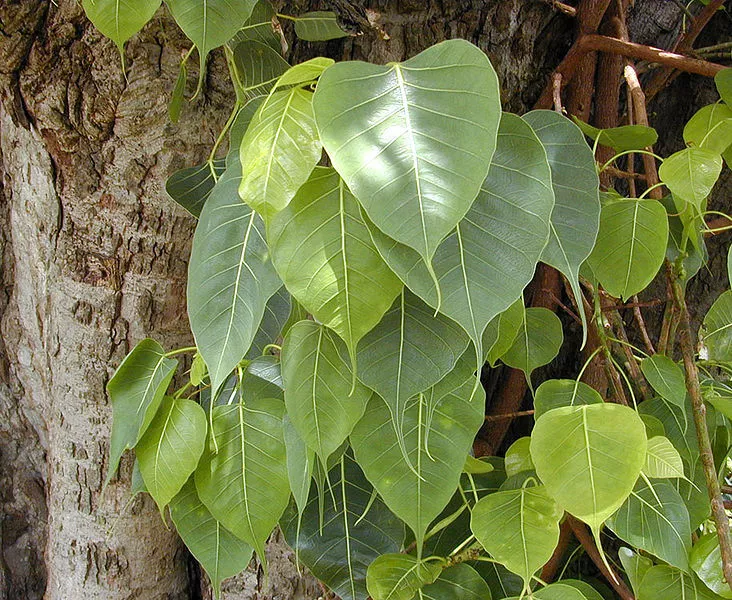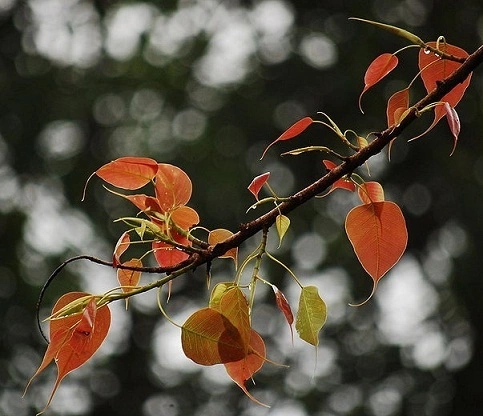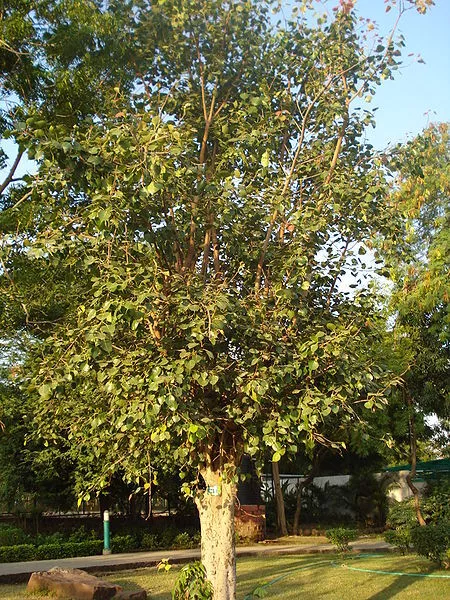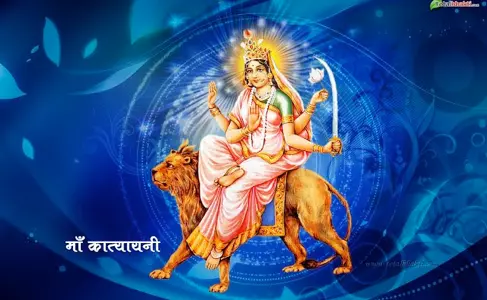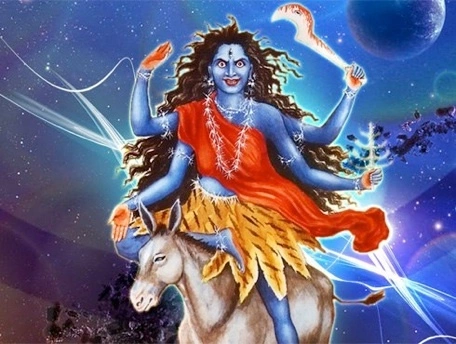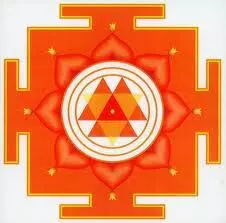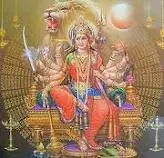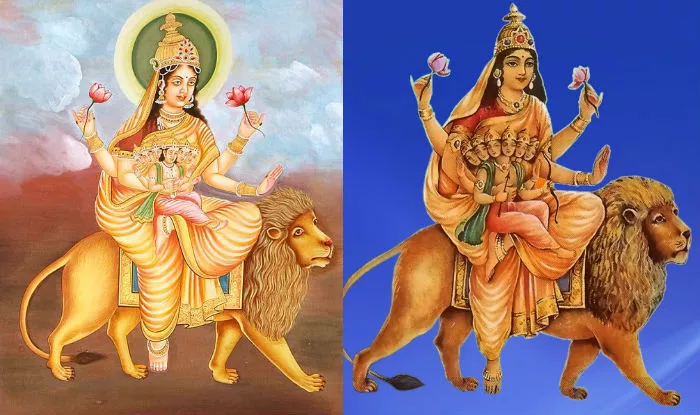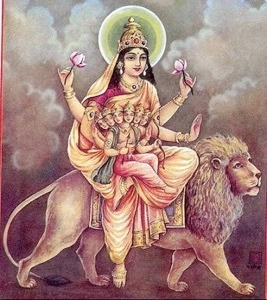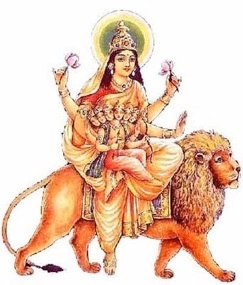
Zodiac Sign: #Pisces
Degree: 3:20 to 16:40 Pisces
Purusharth: Kama
Deity: #Ahirbudhnya (Serpent of the Deep)
Gana: #Manushya
Direction: #North
This #constellation, also referred to as the "Warrior star," is represented by "twins" or the "back legs of a funeral stretcher." While " #Bhadrapada" means "blessed," "#Uttara" implies "later." As a result, the name of this nakshatra denotes fortune. This nakshatra's god or ruler is "Ahirbudhnya," also known as "the snake in deep water." It is a symbol of mysticism and is ruled by Saturn. By achieving powers similar to those of black magic, mysticism allows one to connect directly with the #divine, which is otherwise impossible for regular people. These abilities can be used for good or bad. People who delve deeply into the rivers of knowledge and concealment are represented by the #nakshatra of #UttaraBhadrapada. They look for the wealth they desire and manage to attain it.
CHARACTERISTICS:
Your charisma and appeal are undeniable. Additionally, you constantly have a smile on your face. If you smile once at someone, they will start to like you. You have knowledge, wisdom, and common sense. No one causes you to behave differently; you always treat them equally. You don't want to cause anyone grief, and you cannot stand to watch someone in distress. Your fury must constantly be under control, yet it only lasts for little periods of time when it does. You have a heart that is incredibly pure and sensitive. You will do anything for the people you love, even give your life. You have a lovely voice and are an excellent lecturer. Your adversaries will be vanquished.
One of your strengths is that you can quickly acquire knowledge in a variety of areas. Even if you don't have a lot of schooling, you still know as much as someone with qualifications. You enjoy the arts and can write a variety of books and articles. You may gain attention in practically all sectors due to your exceptional abilities and effectiveness. Your life is too short to be defined by laziness. When you make a decision, you just follow through on it. You don't become upset when something fails. You don't like to construct castles in the air since you believe in the present and the reality of life. Characteristically, you are fairly robust and don't find yourself drawn to lustful people. You stick to your guns and follow through on your promises. You are filled with a sense of kindness, and whenever a weak person approaches you, you try to assist them. You continue to be involved with religious endeavors and also hold a strong religious belief. In either your job or your business, you will succeed. Your dedication to working hard is the cause of your achievement. With perseverance and hard effort, you will achieve success. You have a keen interest in enigmatic, philosophical, and scientific topics. You are respected in society as a scholar. You enjoy spending time alone even when you belong to social organizations. Your motives are selfless, and you support charitable offerings. You're well respected.
SUITABLE JOBS FOR THOSE BORN UNDER UTTARA BHADRAPADA NAKSHATRA:
Meditation Coach, Yoga Instructor, Medicine, Philanthropist, Research, Government Job, Music, Historian
MEN BORN UNDER UTTARA BHADRAPADA NAKSHATRA - CHARACTERISTICS:
This nakshatra's natives have nice hearts and do not choose companions based on their social standing. They have quick tempers, yet they lose their temper quickly. They are kind and willing to give their lives—even—for the ones they care about. They have a wide range of knowledge and are excellent learners. They can communicate and include everyone in their conversation in this way. They enjoy reading and have good communication skills. They are motivated by honesty and love children.
They are enthusiastic about sexual activity and can quickly attract women's attention. Being desirable suggests that they will wed the woman of their dreams. Their life partners are extremely compassionate and modest. It's possible that the boys of this nakshatra did not have a typical childhood and yearn for the affection they were denied. Their wives, who exhibit great affection and concern for their husbands, fill this hole.
WOMEN BORN UNDER UTTARA BHADRAPADA NAKSHATRA - CHARACTERISTICS:
This nakshatra's females are thought to bestow happiness and fortune to the household. They have cultivated the appearance of a woman to take care of the family. They are highly respected by both children and the elderly. Kids enjoy meeting women from this nakshatra who have such qualities, and they always have a good time. They make a stand for causes they believe in. They have to travel frequently for work even if they detest it. People choose to stay in their company because they never complain.
This nakshatra's females have happy marriages because they take good care of their husbands. They are adored and respected by their partners for managing to successfully juggle their personal and professional lives. They take good care of their home. They are quite fortunate to be so active and rarely have disagreements with their spouses. The men frequently react violently, while the ladies always remain composed. They are a nice mother, and they raise their kids to be decent people.
COMPATIBILITY:
Compatible with people born in Ashlesha, Revati, Uttarashada, Purvashada, Jyestha Nakshatra, and Uttara Phalguni Nakshatra.
WEALTH FOR UTTARA BHADRAPADA NAKSHATRA INDIVIDUALS:
Despite experiencing ups and downs, they will manage their riches well. They hope and believe they will have enough money to not need to ask anyone in need because of their strong dedication to God. With all they have worked for and saved, they will get by quite well. There will never be a scarcity of money, and their skills and knowledge will never go to waste. Family members refer to them as the Laxmi goddess in human form. This alone reveals a great deal about their affluence. They are fortunate for their families and organizations. They are well off and never need for cash. Even having careers that don't pay well, they are good with money and save a lot.
UTTARA BHADRAPADA NAKSHATRA PADAS:
1st Pada (Leo): Impatient, Short tempered, Famous, Leaders, Strong Will Power
2nd Pada (Virgo): Moody, Innovative, Spiritual, Humanitarian, Traditional
3rd Pada (Libra): Follow Routine, Disciplined, Focused, Not very Religious
4th Pada (Scorpio): Courageous, Hot tempered, Mischievous, Creative
SIGNIFICANCE OF DIFFERENT PLANETS IN UTTARA BHADRAPADA NAKSHATRA:
Venus: When Venus is in Uttara Bhadrapada Nakshatra, a person becomes more spiritual. Additionally, they are eager to pursue their spiritual interests as a vocation.
Jupiter: Jupiter in Uttara Bhadrapada Nakshatra has the tendency to greatly increase one's riches. They will experience a variety of financial inflows in their daily lives.
Rahu: Rahu in Uttara Bhadrapada Nakshatra tends to cause people to have negative relationships with their fellow humans. Additionally, their relatives won't think highly of them either.
Mars: Mars in Uttara Bhadrapada Nakshatra has a tendency to make people appear to be very organized. Additionally, the individuals have a pragmatic outlook on life.
Sun: An individual who has the Sun in Uttara Bhadrapada Nakshatra is likely to be very intelligent.
Moon: Moon in Uttara Bhadrapada Nakshatra turns to make a person exceedingly gorgeous and attractive.
Mercury: An individual with Mercury in Uttara Bhadrapada Nakshatra will have poor communication skills. This will ultimately act as a roadblock to the native's achievement.
#Saturn: An individual with Saturn in Uttara Bhadrapada Nakshatra is likely to have a mystic temperament. They also frequently show a strong interest in topics pertaining to the occult sciences.
Ketu: An individual with Ketu in Uttara Bhadrapada Nakshatra is likely to be particularly spiritually inclined.
https://astroscoops.com/uttara-bhadrapada-nakshatra
